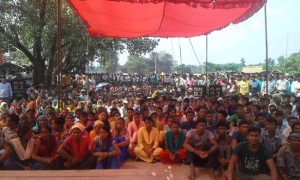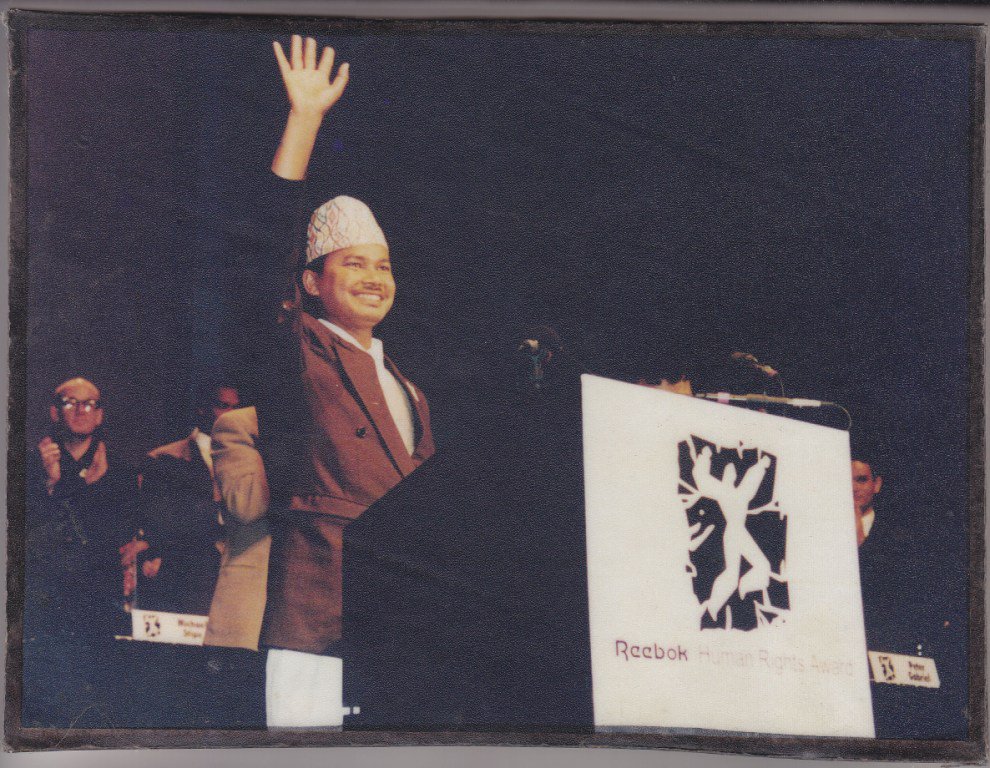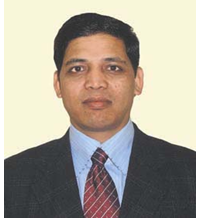Freedom Movement
Kamaiya Freedom Movement
During the time of Islamic invasions of India, Tharu people migrate from Rajputana to the tropical Terai jungle belt that now borders India and Nepal. The Kamaiya syatem develops within isolated Tharu communities to ensure and effective supply of labour. In the 19th century, Rana rulers allow local Tharu headmen and later high-caste people from the hills to collect revenue for the crown form the Tharu people.
In 1926: Ran Prime Minister Chandra Shumsher bans slavery in Nepal. 1956: the Nepali government sings the UN convention against slavery. 1960s: World Health Organisation (WHO) malaria eradication program pave the way for an influx of high-caste settlers form the mountains how start farming land previously occupied by Tharu communities. Due to lack of awareness and illiteracy, thousands of Tharu became Kamaiyas for both Tharu and non- Tharu landlord. 1985: Backward Society Education (BASE) organises Kamaiyas and other Tharu people in the western Terai region. 1990: The constitution of Nepal prohibits any kind of slavery or serfdom. But no law against such practices in formulated. 1994: Landon-based Anti Slavery International and Kathmandu based human rights group Informal Sector Service Centre (INSEC) conducts a study on the status of Kmaiyas in mid and for-western Nepal. They conclude nearly 95 percent of the 100,000 Kamaiya family members in the region belong to the ethnic Tharu community. Local NGOs implement literacy, income-generation activities and child education program for Kamaiyas and other Tharu people with the support of international agencies. 2000 January 14: Using the authority granted by the Local Governance Act, the Kanchapur DDC (district government) fixes the minimum wage for agriculture labourers at Rs. 80.
Nepal Chaudhary petitions Laxmipur VDC (local government body), demanding he be paid the minimum wage for all the yers he has worked for his landlord. The landlord refuses to pay but grants him freedom and waives his debt. January 18, 2000: Kanchanpur DDC (district government) reaches an agreement with local landlords who volunteer to release Kamaiya with sauki of less than Rs. 15,000- 22 Kamaiya families are freed. March 18, 2000: Kamaiya of Sankarpur VDC in Kanchanpur district files a petition against their landlord. Two Maoist attacks on the landlord in the same week driver him out of his village, leaving the case in limbo. May 1, 2000: 19 Kamaiyas file a petition at Geta VDC office in Kailali district demanding that their landlord, former Minister Shiva Raj Panta, pay them minimum wages fixed by the government. May 7, 2000: Geta VDC invites the 19 Kamaiyas, Shiva Raj Panta, Journalists and organizations working on bounded labour issues to attend a mediation meeting. May 10, 2000: 19 Kamaiyas and about 100 delegators from government and non-governmental organisations attend the mediation meeting. Shiva Raj Pant does not appear so the VDC is not able to resolve the case. May 11, 2000: With the help and co-signature of various organisations the 19 Kamaiyas file their statement with the Kailali Chief District Officer (C.D.O.) Tana Gautam. He refuses twice to register the case. Kamaiyas and supporters begin a sit-in at the C.D.O. office. May 16, 2000: the C.D.O. forwards the case to the District Labour Office (DLO). The DLO sends the case back to the VDC. May 21, 2000: 48 Kamaiyas from six VDCs in Kanchanpur district file separate petition with VDC offices demanding freedom. Two day later Parasan VDC issues a freedom certificate to one of the Kamaiya, Bahadur Rana. May 26, 2000: 4 Kamaiya form Kailali travel to Kathmandu with the Geta VDC chairman to pressure the central government to resolve the Kamaiya issue. May 30, 2000: Over 10,000 people attend a rally in Dhangadhi to protest government apathy. June 8, 2000: Three United Marxist Leninist (UML) leaders in Kailali district liberate their Kamaiyas. June 12, 2000: 676 Kamaiyas form five distrixct file petitions with their respective CDOs demanding freedom from debt bondage, resettlement, and government protection from the landlord. July 8, 2000: Kanchanpur Local government officials, NGOs, leader of Kamaiyas agree on a formula to emancipate Kamaiyas in the district. Meanwhile, Kamaiyas from 5 districts stage mass protests in Kathmandu to press the national government to put an end to the Kmaiya system. Monday July 17 2000: Minister for land Reforms and management Siddha Raj Ojha informs the House of Representative that a cabinet meeting has decided to make the practice of bonded labour illegal and anybody involved in the will be punishable under law. August 6, 2000: 16,000 Kamaiyas attend a victory rally in pouring rain. The government unprepared for the task of rehabilitating 20, 000 Kamaiyas makes an appeal to Kamaiyas to cooperate with their former landlords and urges them to return to work.
Angry landlords start evicting Kamaiyas from their houses. Some Kamaiyas are beaten and asked to repay their sauki (debt) to their former owners. Makeshift camps for displaced Kamaiyas are erected overnight in five districts with the help of national and local NGOs and some government agencies. Kailali DDC chairman Narayan Datta Mishra issues a statement saying he disagrees with the national government’s decision to rescind bounded labourer’s loans to landlords. August 9, 2000: The new Forum for the Protection of Farmer’s Rights files a writ with the Supreme Court demanding government compensation for landlords for the sauki (debts) of their freed Kamaiyas. Kailali land reform officer Maheshwor Niraula estimates that 25 to 40 percent of Kamaiya registration forms may have been filled out by non-Kamaiyas. September 7, 2000: There were 37 camps of displaced Kamiyas in kanchanpur and Kailali district. A Ministry of Land Reform and Management (MLRM) spokesman says that the government plans to provide at least one Kattha of land for each family of former Kamaiyas. NGOs said a minimum of 10 kattha (0.3 hectare) should be given. September 18, 2000: A high level government coordinating committee announces plans to implement an emergency food assistance program and to distribute government land to freed Kamaiyas. October 24, 2000: Dissatisfied by lack of government progress, the Kamaiya Liberation Struggle Mobilisation Committee (KLSMC) and Kamaiya Liberation Action Committee ( KLAC) decide to launch a new agitation campaign. November 24, 2000: Seven thousand Kamaiya from five districts participate in a protest rally and sit-in at government office in Dhangadhi to demand 10 katthas of land for each kamaiya family.
15 Kamaiyas are injured in a police lathi charge. December 19, 2000: Kamaiyas and their supporter block the main highway in five districts of south-western Nepal to support their demand for ten katthas of land each. January 1, 2001: More than 2000 freed-Kamaiyas living in camps in Kailali district occupy undesignated forest land after the KLSMC criticizes the government for delaying the land distribution process. January 9, 2001: Kanchanpur district officials decide to provide 10 katthas of land to freed Kamaiyas who have more than 5 family members and 5 katthas to Kamaiya families of less than 5 members. February 3, 2001: 300 riot police evict 7,000 freed-Kamaiyas from huts they had erected on government owned land in Bardia district and burn down the huts.
Photo From : http://www.focaalblog.com



